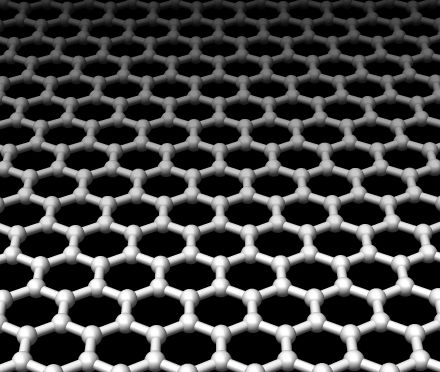A team of US scientists have achieved a genuine quantum leap in imaging - with the development of a technique that's enabled them to see, for the first time, the smallest atoms, including hydrogen. 
Writing in this week's Nature, UC Berkeley researcher Jannik Meyer and his colleagues placed a sheet of graphene, which is a single layer of carbon atoms arranged in a honeycomb configuration beneath an electron microscope. In the electron beam they were able to pick out tiny dots, like stars in a cloudless sky, which were individual atoms of various types that had landed and stuck to the graphene sheet.
Incredibly, alongside the carbon atoms that were relatively easy to spot, were some fainter smaller dots which fitted the bill both electrically and in terms of their appearance to be hydrogen atoms. The team were also able to image whole molecules including hydrocarbon chains, which as one might predict formed lines across the image.
The amazing results are thanks to the choice of graphene as the backdrop for the imaging. Being one atom thick and highly regular in its configuration it's very easy to subtract electronically from the signal to leave just the image of the atoms. Graphene is also very sticky, so it holds onto the atoms and molecules that land on it very tightly, and it is also very robust so it can withstand the intense beam of electrons hitting it.
At the very least this technique promises to open up new vistas in imaging, including the ability to study the shapes and arrangements of atoms in complex molecules.
Reference: Nature 454, 283-284 (17 July 2008) | doi:10.1038/454283a; Published online 16 July 2008










Comments
Add a comment